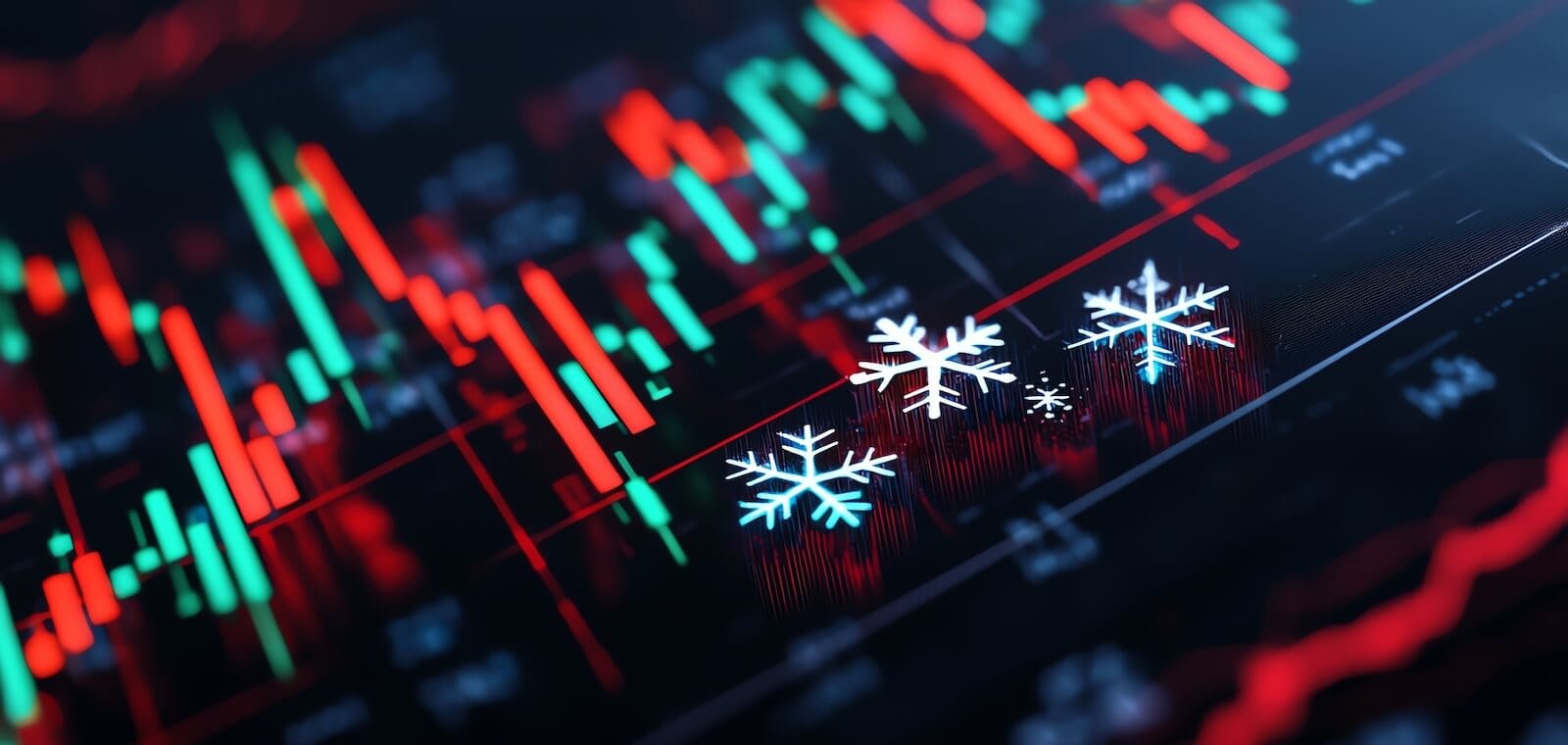GLOBAL STOCKS AND COMMODITIES REMAIN HOSTAGE TO WEAK EURO -- FALLING BOND YIELDS WEIGH ON STOCKS -- A LOT OF 200-DAY AVERAGES ARE BEING TESTED -- RECENT DRUG BREAKOUTS INCLUDE BRISTOL MYERS SQUIBB AND LILLY
FALLING EURO WEIGHS ON STOCKS AND COMMODITIES ... The most important market of the day remains the Euro. That's because the European currency has become the proxy for how things are going in Europe. Unfortunately, the chart picture isn't that encouraging. Chart 1 shows the Euro trading lower today (after the ECB lowered short-term rates as expected). In addition, the Euro remains dangerously close to its October low. Any drop below that level would be a bad sign for the it and, most likely, for global stocks and commodities which are very sensitive to trends in Europe. The falling Euro is associated with a rising dollar which, in turn, is bad for most commodities. That explains why most commodities are in the red today. Chart 2 shows the DB Commodities Tracking Fund (DBC) in danger of slipping back below its 50-day average. Stocks are on the defensive today as well. Chart 3 shows the S&P 500 remaining stalled at its falling 200-day moving average (red arrow). The 14-day slow stochastic oscillator (below Chart 3), is back in overbought territory over 80. It was the upturn in that oscillator from oversold territory below 20 near the end of November that helped launch the recent rebound. Now it's working against the market.

(click to view a live version of this chart)
Chart 1

(click to view a live version of this chart)
Chart 2

(click to view a live version of this chart)
Chart 3
BOND YIELDS WEIGH ON STOCKS ... My last message expressed concern that the bounce in bond yields over the last month hasn't matched the rebound in stocks. I remain concerned about that divergence. Chart 4 shows the 10-Year T-Note Yield (price bars) trading lower today (as bond prices rise) and remaining well below its October high. The S&P 500 (blue line) is overlaid on the bond yield for comparison purposes. The inability of the bond yield to keep pace with stocks is worrisome because both have been closely linked all year. The 20-day Correlation Coefficient (below Chart 4) shows a positive correlation of .81 between the two markets which is pretty high. That suggests that the stock rally is unlikely to gain much more ground without higher bond yields.

(click to view a live version of this chart)
Chart 4
MORE TESTS OF 200-DAY LINES... The next three charts show that there are several other tests of 200-day moving averages going on. Charts 5 and 6 show the Energy (XLE) and Industrial (XLI) SPDRs backing off from their 200-day lines. Chart 7 shows the London Financial Times Index (FTSE) doing the same. The FTSE has a high historic correlation with U.S. stocks.

(click to view a live version of this chart)
Chart 5

(click to view a live version of this chart)
Chart 6

(click to view a live version of this chart)
Chart 7
DRUG BREAKOUTS... Last Thursday's message showed the improving chart developments in the healthcare sector and drug stocks in particular. One of the stocks featured was Pfizer which rose to a new six-month high this week. Two other drug stocks have achieved bullish breakouts this week. Chart 8 shows Eli Lilly (LLY) surging to a new three-year high on rising volume. Its relative strength line (below chart) is rising as well. Chart 9 shows Bristol Myers Squibb (BMY) reaching a new five-year high during the week. Its RS line is rising as well. I believe that the continuing flow of money into big Pharma stocks has a lot to do with their traditional defensive qualities as well as the fact that they pay decent dividends. That's an attractive combination in an environment of stock uncertainty and near-record low bond yields.

(click to view a live version of this chart)
Chart 8

(click to view a live version of this chart)
Chart 9
TWO-THIRDS OF NYSE STOCKS REMAIN BELOW 200-DAY AVGS.... With so many stock indexes testing their 200-day averages, it's helpful to know how many individual stocks are trading above that important line. That's because the 200-day average is viewed as the line that best determines whether a market or stock is in a major uptrend or major downtrend. The best way to gauge what most stocks are doing is to chart the $NYA200R which is the % of NYSE stocks trading above their 200-day average. That's the red line in Chart 10. The blue line is the NYSE Composite Index. Readings over 80% (which was the case earlier this year) represents an overbought market, while readings below 20% (which was the case recently) represents an oversold market. The minimum requirement to signal that a major upturn is starting is for the red line to exceed 50%. That would mean that most stocks are back above that long-term support line. Right now, however, the indicator is only at 35%, which means that 65% of NYSE stocks are still trading below their 200-day averages. That's not enough to support a bull market.









